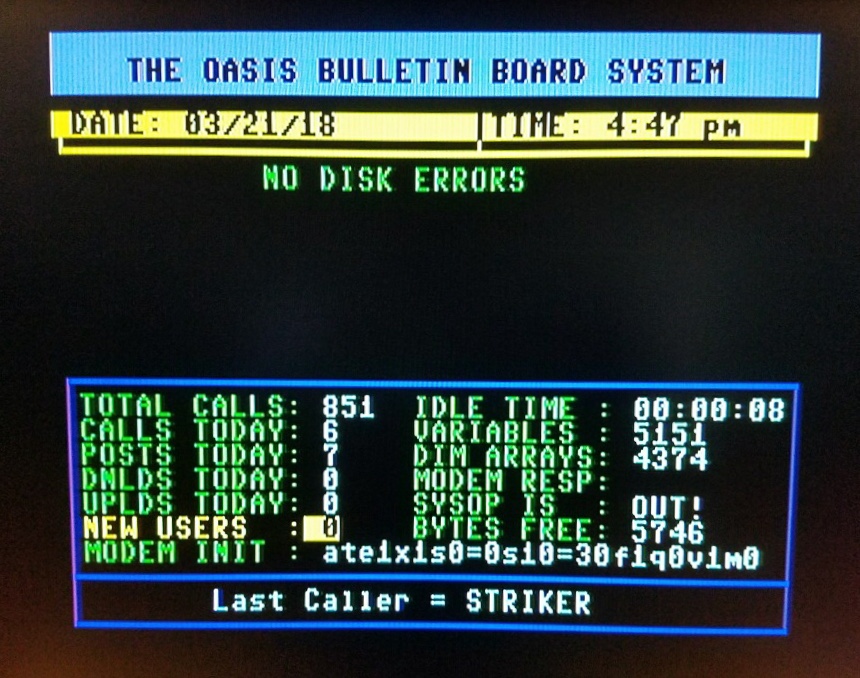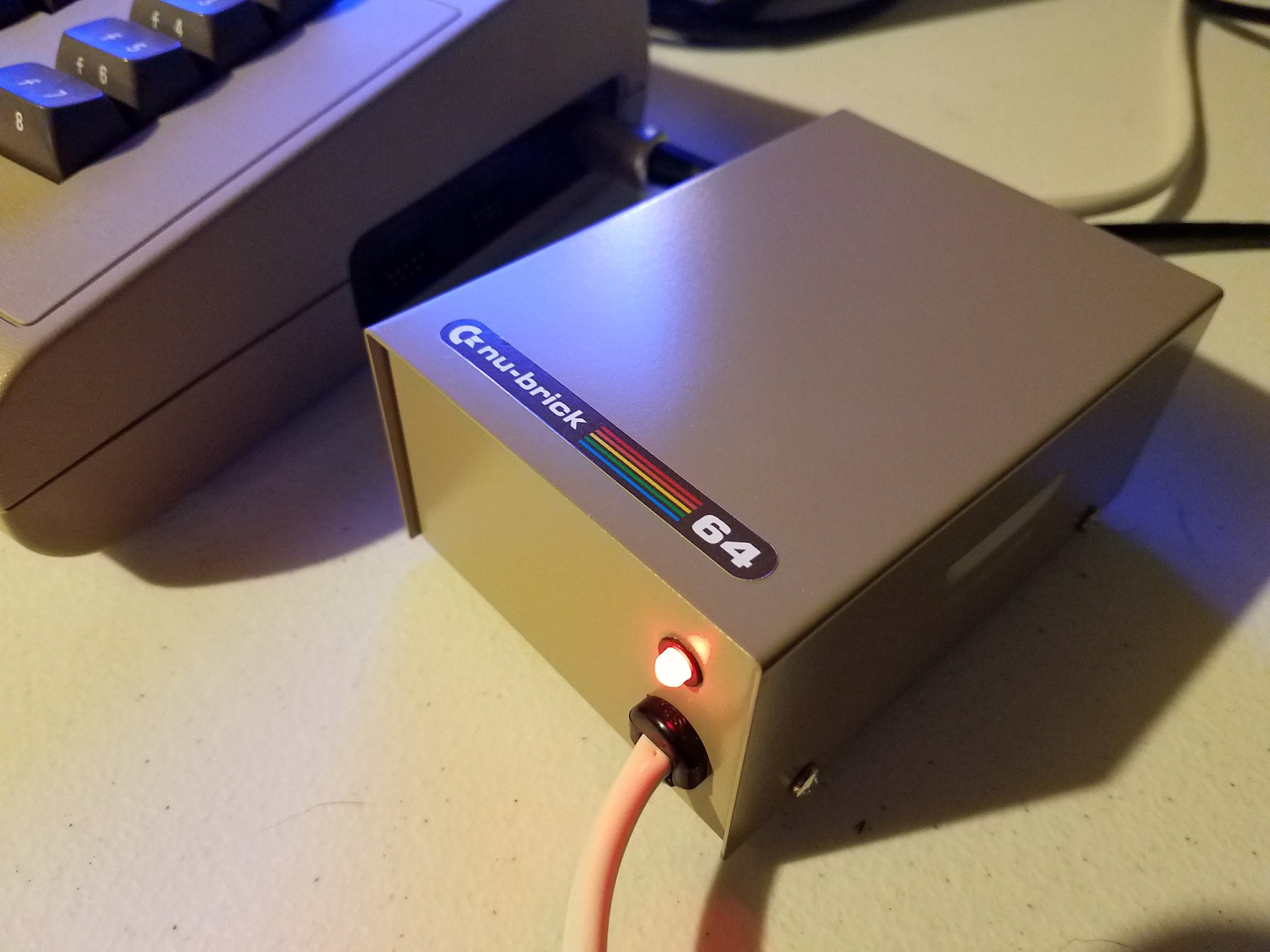High Level Assembler, or HLA64, is the focus of the latest video from projectCD.Chronicles. This new tool was created to merge the expressive control of assembly with the readability of higher-level languages. By doing so, it gives developers an environment that feels familiar yet powerful, especially when working with systems like the Commodore 64, VIC-20, and C128.
A New Approach to Low-Level Code
HLA64 stands out because it is more than a standard assembler. It introduces syntax improvements, modularity, and advanced control structures usually reserved for higher-level languages. Developers can write code that is easier to follow while still maintaining direct interaction with the hardware. This balance makes the assembler attractive for both newcomers and seasoned coders who want clarity without losing precision.
Built for Expansion
One of the strengths of HLA64 is its flexible design. The assembler is expandable, meaning it can be adapted for custom architectures. This makes it appealing to programmers working on experimental or retro hardware. By bridging assembly with structural programming concepts, HLA64 aims to speed up development while improving readability.
Why It Matters
For many retro developers, writing in plain assembly can feel restrictive and difficult to organize. HLA64 addresses that issue head-on, offering a structured way to manage projects while preserving complete control over the machine. The video demonstrates how this tool could become a valuable addition to the developer’s toolkit, providing an environment where precision and readability work together instead of against each other.
Watch the Full Breakdown
The video gives an excellent walkthrough of HLA64’s features, demonstrating why it stands apart from traditional assemblers. For anyone interested in low-level development, retro computing, or custom architectures, this is a must-watch.







